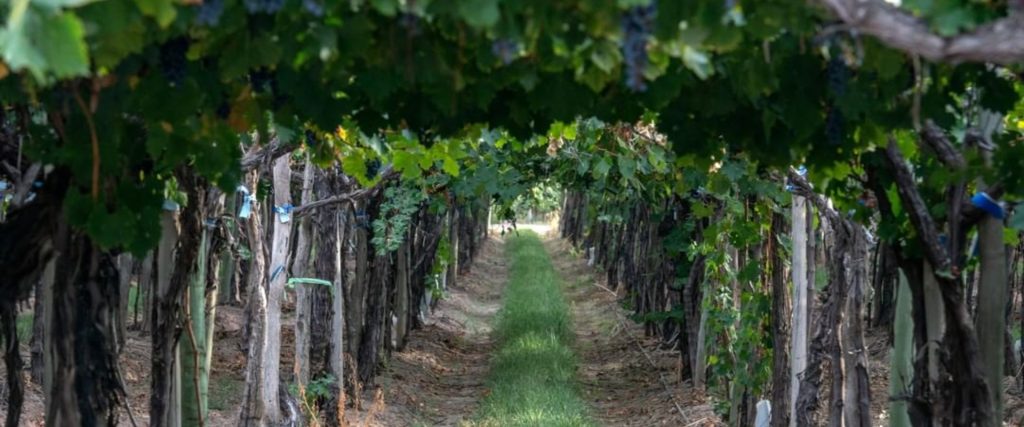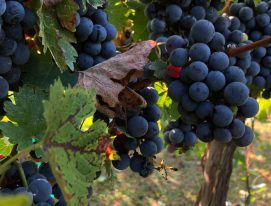Thinking of the future: that is the essence of regenerative viticulture, a set of practices that help to restore the vitality of the soils, bring back native bush and forest, and move away from vine-based monoculture, that more and more Argentine wineries are promoting and implementing.
Regenerative viticulture: the future has arrived
“To us, regenerating the soil isn’t just about taking care of the environment but also improving our professional surroundings. It’s a much more proactive, dynamic role. We’re not just preserving what we have, we’re looking to enhance it, infuse it with more life and create a more complex, diverse ecosystem,” says Franco Bastías, who heads up agriculture at Domaine Bousquet, the first winery in Argentina to receive ROC certification from the Regenerative Organic Alliance (ROA), whose motto is “Farm like the world depends on it”.
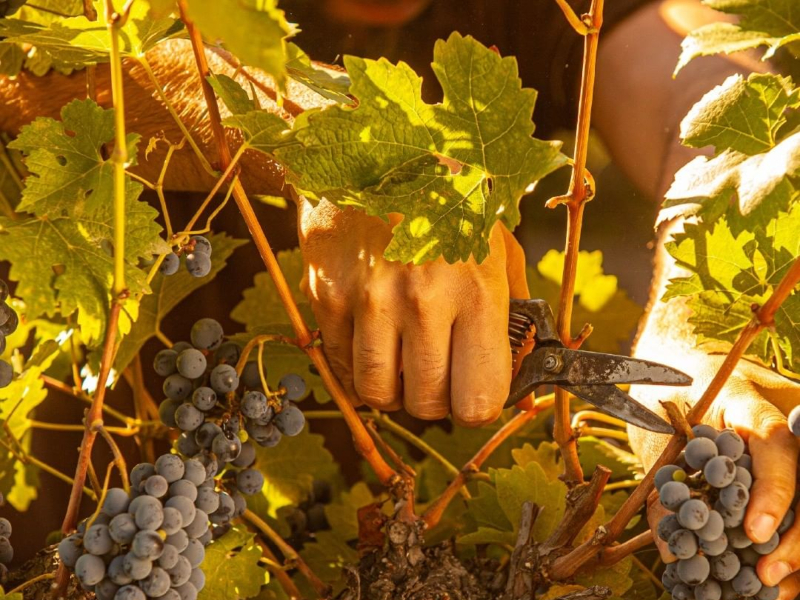
In early May 2023, Argentina’s second winery earned ROC certification. Terrazas de los Andes received said distinction for 87 of their approximately 500 hectares at their 10 vineyards. The initiative is part of their “Guardians of life in the mountain”, program in which they apply regenerative viticulture and practices such as preservation of water, biodiversity support, reducing the winery’s carbon footprint, social education, support for the local community and employee safety schemes.
“Regenerative viticulture is much more than being organic, it involves social and sustainability activities. It’s not work that we do on our own, 33 different researchers from different institutions are involved because it’s important to share the results. ROC certification helps us to bring visibility to the work we’ve been doing for some time,” says Daniela Mezzatesta, head researcher for development and sustainability at the Terrazas de los Andes vineyards.
Translating principles into action
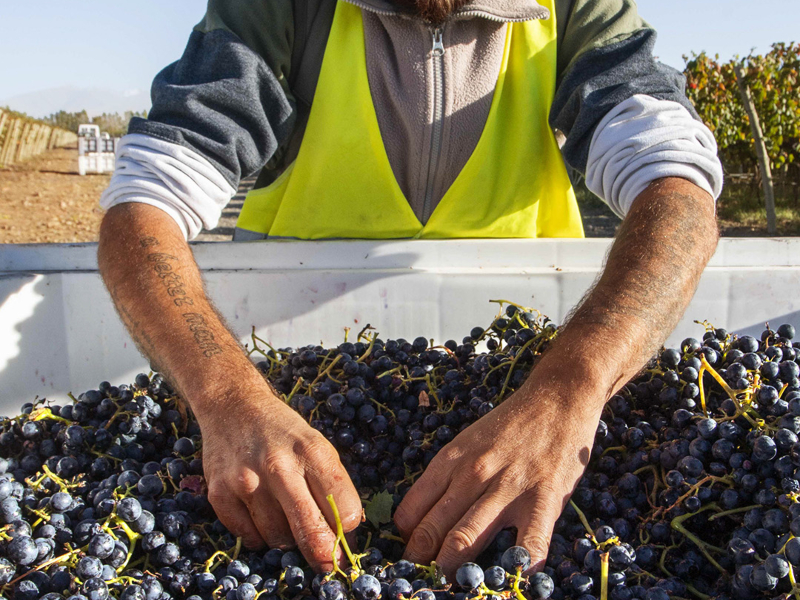
Although it sounds like more of a philosophy, the regenerative viticulture taking place today at different wineries across the country is founded in concrete action. Rosario Toso, the Head of Vineyards at Cheval des Andes, explains how it is applied at their two vineyards based around three practical pillars: Firstly, the continuous ploughing of the land was abandoned in favor of vegetative ground cover between the vines. Secondly, trees are used as “production tools” (agri-forestry) with over 1000 selected examples including wild and native fruit and forest species.
The third aspect is to move away from monoculture in the vineyards, restoring the diversity of the vineyards through “polyculture” with gardens, vegetable patches, “bosquets” (mini-forests), and planting native flowering species that will also feed the bees from the winery’s ten honey-producing hives.
At Bodega Casarena, regenerative viticulture happened without even being given the label. “When we began to work in the vineyards in a different way, we didn’t call it that, we assessed different variables, our working methods and what we wanted to see in the future,” says Pablo Ceverino, the Vineyard Manager.
His example is the Naoki vineyard in Agrelo, which has been certified as sustainable by Bodegas de Argentina (BdA). “18.5 hectares surrounded by virgin native forest, a kind of natural reserve.”
With 160 hectares still to be planted, Casarena are focusing on the installation of new vineyards without upsetting the balance of the ecosystem. “Instead of digging up all the soil, we’re focusing on planting holes for the vines and leaving the plants, which include festuca grass and different kinds of jarilla and zampa bushes, where they are,” says Ceverino.
Visible results
Regenerative viticulture practices modify the composition of the soil and have a direct influence on the wines. “The results are very interesting. The plants grow in an ordered way in the middle of all that vegetation and with the micro-batches, the aromas during fermentation reflect that vegetation. The wines display a significant amount of herbal intensity and thus a very distinct character,” says Pablo Ceverino.
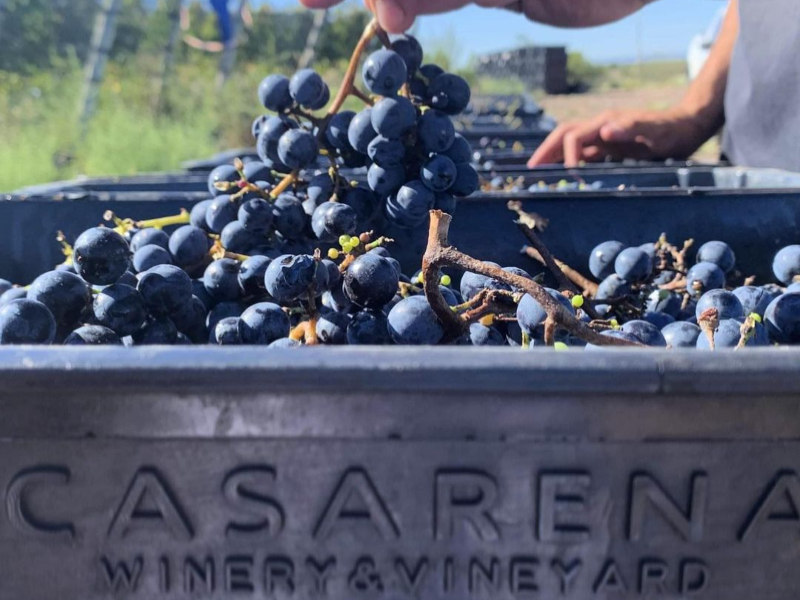
Daniela Mezzatesta agrees: “It has a significant effect on the sensory impact of the wine, especially the aromas and the look, with more intense colors. It also has an impact on the vineyards, especially in terms of what we want for the future.”
Franco Bastías believes that the implementation of these methods is producing more transparent wines. “We’re seeing a more authentic product, an honest expression of the terroir, because it’s a purer form of production.”
Rosario Toso clarifies that at Cheval des Andes they aren’t implementing these methods to change their wines, but to preserve the flavor and the terroir. “All these practices will definitely have an impact on the flavor of the wine, I think in a positive way: they will enhance and express more and more qualities of the local environment. Every aspect of the biodiversity of our vineyards has an impact on the grapes and thus the wine.”
A response to climate change
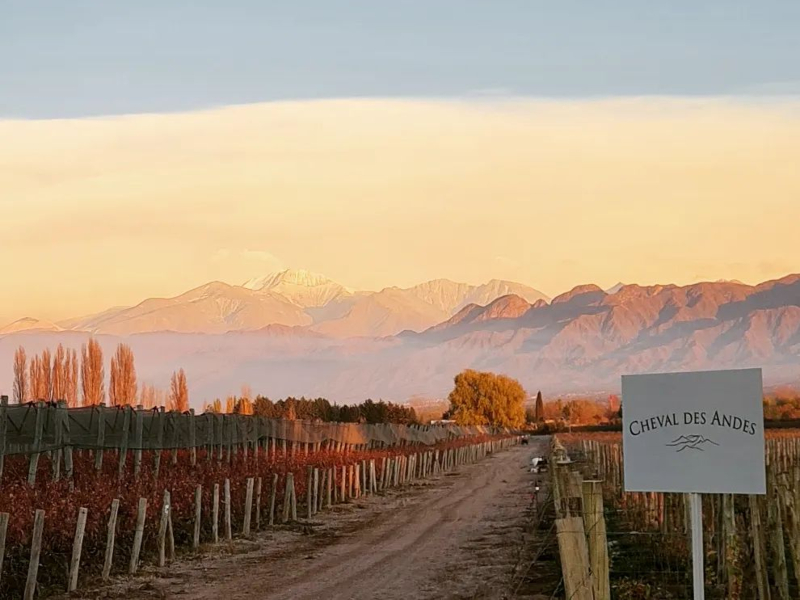
Although there is still much research to be done, regenerative viticulture has also helped the fight against climate change. “It’s a serious issue. Everything we do with the soil produces stronger vineyards with their own balance and makes them more resistant to changes over which we have no control, such as the temperature,” says Bastías.
“We’re seeing that greater interaction between the different components of the soil produces a natural fertilizer, which brings more life and the plant can then absorb all those nutrients. There are years when we don’t use fertilizers, and because the soil is covered, it’s better protected against climate change.”

